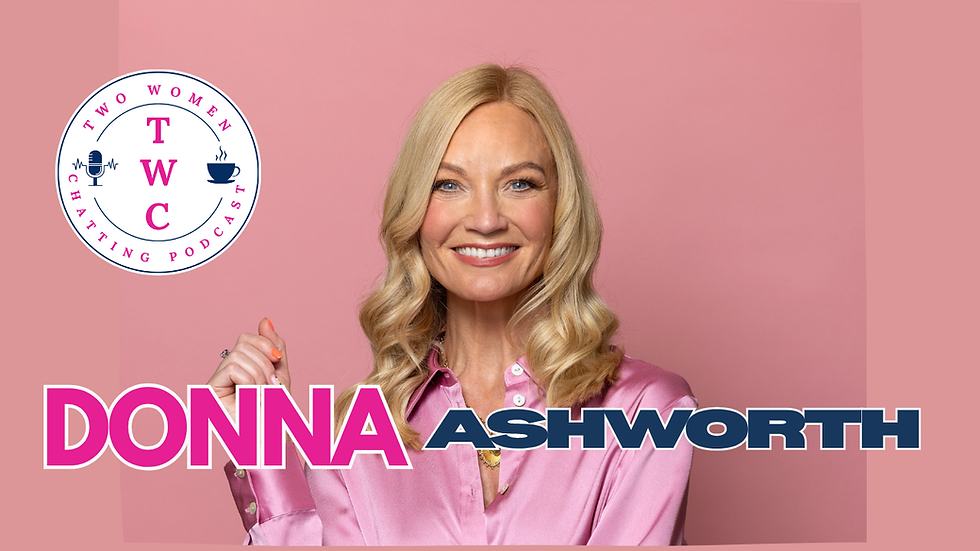Heard of a DEXA scan? Read on to learn more about bone health in midlife.
- Judith Spruzs

- Jan 31, 2024
- 3 min read
Updated: Feb 11, 2024

Bones are a dynamic living organ that turn over all the time. A small piece of bone takes between 3 to 9 months to turn over completely and renew itself. By your late 30s, your bone density starts to naturally decrease. Oestrogen is very protective of your bones therefore falling oestrogen levels speed up this decline.
What is bone density?
The term bone density relates to the amount, or thickness, of minerals in bone tissue. It is a measure of how strong and healthy your bones are. This loss of bone density makes your bones weaker, less pliable and therefore more susceptible to breaking.
What is osteoporosis?
Osteoporosis is when the loss of bone density is severe and there is a greater risk of bones breaking.
Many people have no idea they have osteoporosis as it is not usually painful until a bone is broken.
According to the Royal Osteoporosis Society one in two women over the age of 50 will have a fracture which could relate to osteoporosis. For men this figure is one in five.
DEXA scan to assess bone density
A DEXA scan is used to measure bone density which is a non-invasive scan using radiation at a much lower dose than a standard X-ray. The scanner can use the bone density measurement to compare against people of the same age and sex, giving a good indication as to whether you are at risk of or already have osteoporosis.
The DEXA scanner is an open machine and the whole process takes about 10 minutes. There are very strict criteria for being eligible on the NHS. which include having already broken a bone, having rheumatoid arthritis, early menopause or being very underweight.
The scans are available privately and I encourage everyone, especially women around the time of menopause to consider having one. Information is key to knowing what we can do to prevent a future problem.
What can we do to protect and strengthen our bones?
There are certain risk factors which we can’t do anything about such as our genes, being a women and getting older but there are other risk factors which are known to increase our risk of osteoporosis which we can address.
Smoking slows down that build bone in our bodies. Interestingly, if you’re a woman, smoking also increase your chances of an earlier menopause which is when women are more susceptible to osteoporosis.
Drinking too much alcohol can affect the cells that build up and break down brown. It also makes you unsteady on your feet, making you more likely to trip, fall and break a bone.
Being physically active and doing exercise helps to keep bones strong and healthy throughout life. That’s because your bones are living tissues that get stronger when you use them.
Eating and drinking the right things can help support your bone health at every stage of your life. Calcium and Vitamin D are two nutrients well-known to be important for bones. But there are many other vitamins, minerals and nutrients that are vital to help your bones stay healthy and strong.Try not to become too concerned with getting all these in your diet. If you enjoy a healthy, balanced diet, you're probably getting everything you need.

At Menopause Health we believe in educating women about their health risks as they age. Most women contact us to help control the symptoms of menopause such as hot flushes, anxiety, low mood but all women need to be aware of the long-term risks of living with low hormone levels.
Osteoporosis is a silent disease, that if detected early enough could be treated.
This article is written by Judith Spruzs is the founder of Menopause Health person-centred, holistic care for perimenopausal and menopausal women.
Michelle shares her DEXA scan experience on our YouTube channel. Click here to see how simple and totally painless the process is. Her scan was complete in 15 minutes and she had the results by the end of the day.
We only share links to products we would use ourselves and all opinions are our own. You can read the full disclaimer here.
Did you enjoy this article? Why not join the Two Women Chatting mailing list for regular updates.
Please visit our Midlife Library which has a collection of useful links from 3rd party websites and content.















Comments